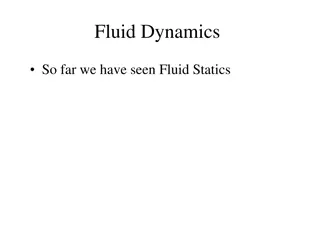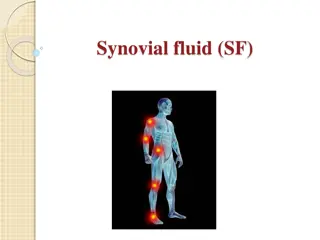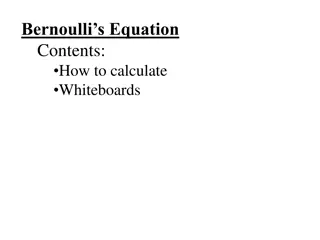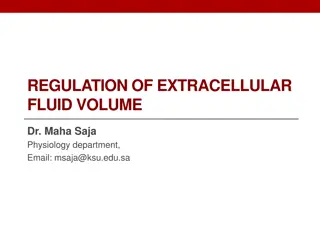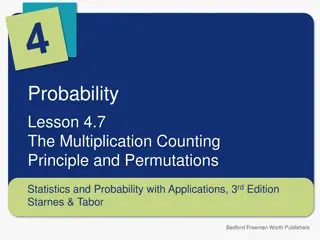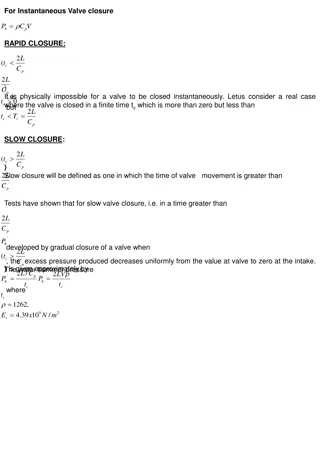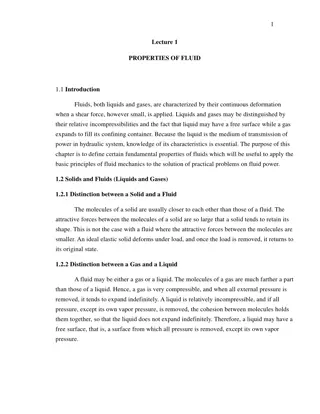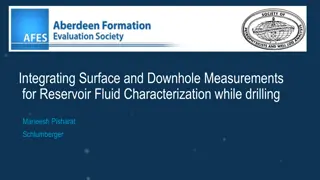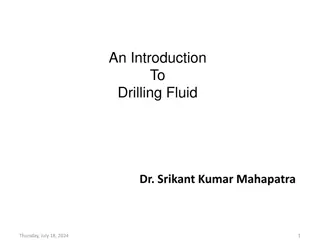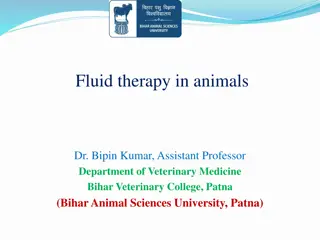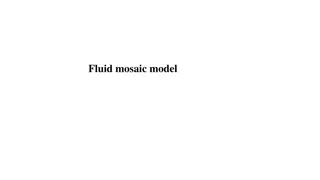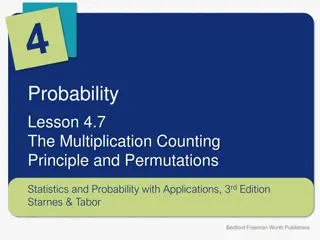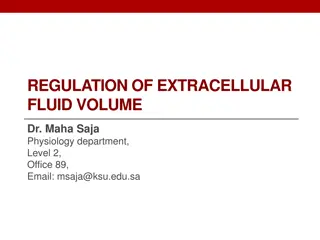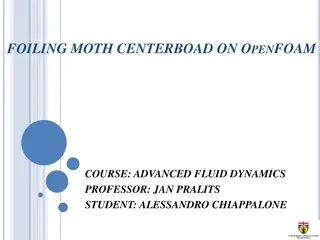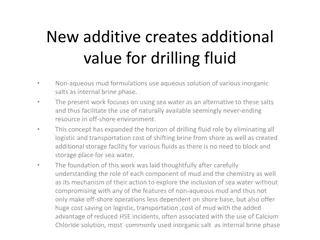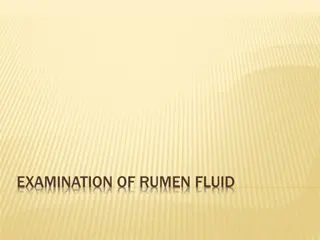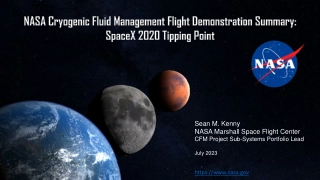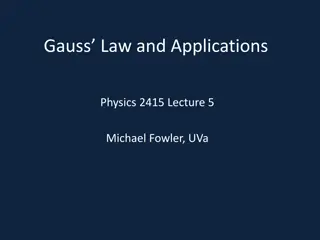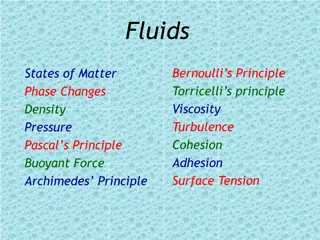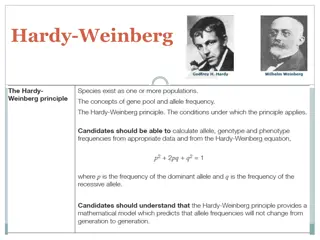Understanding Fluid Dynamics and Bernoulli's Principle in Real-world Applications
Explore the fascinating world of fluid dynamics with a focus on Bernoulli's principle through real-life examples like air flow in wind tunnels, airplane wings, and even tornado behavior. Discover how changes in fluid velocity affect pressure and how streamlines provide insights into fluid flow behavior. Gain insights into the properties of real fluids such as viscosity and surface tension with the help of visualizations and explanations.
Download Presentation

Please find below an Image/Link to download the presentation.
The content on the website is provided AS IS for your information and personal use only. It may not be sold, licensed, or shared on other websites without obtaining consent from the author. Download presentation by click this link. If you encounter any issues during the download, it is possible that the publisher has removed the file from their server.
E N D
Presentation Transcript
L 15 Fluids - 4 Fluid flow and Bernoulli s principle Airplanes and curveballs Properties of real fluids viscosity surface tension 1
Basic principles of fluid dynamics A v Volume flow rate = QV = v A (m3/s) I. Continuity principle:QV = constant v A = constant v1A1 = v2A2 v1, A1 v2, A2 II. Bernoulli s principle: as the speed of a fluid increases, its pressure decreases 2
PATM PATM PATM P < PATM Blowing air over the top of the tube lowers the air pressure on that side allowing the fluid to rise 3
Bernoullis principle fast flow low pressure slow flow high pressure Low pressure High pressure Flow on top No flow 4
Loosing your roof in a tornado Low Pressure The wind does not blow the roof off. The wind lowers the pressure above the roof and the normal pressure inside the house blows the roof off. WIND Normal Pressure 5
visualization of air flow in a wind tunnel streamlines AIR FLOW The spacing between the streamlines provides information about the flow. 6
Streamlines and fluid flow The black lines are the paths (streamlines) that the fluid takes as it flows. Wider spacing indicates low speed flow, closer spacing indicates high speed flow Color indicates pressure High Low pressure pressure 7
Bernoullis Principle Fluid flow velocity = v Fluid pressure = P where v is high, P is low where v is low, P is high 8
Streamlines around a wing From the perspective of the jet, the air is moving past it High speed low pressure 9 Low speed high pressure
Control surfaces on a plane By extending the slats and flaps, the wing area can be increased to generate more lift at low speeds for takeoff and landing 11
A baseball that is not spinning The ball is moving but from the ball s perspective the air moves relative to the ball The streamlines are bunched at the top and bottom indicating higher flow speed The pressure forces are balanced 12
A Spinning baseball The clockwise rotation of the ball cause the air to flow faster over the top The streamlines are closer together on the top high speed flow The air pressure is then lower on the top than on the bottom (Bernoulli) The ball experiences a sidewise force TOP VIEW Dimples on a golf ball allow it to go farther 13
Properties of real liquids 1. Viscosity so far we have considered only ideal liquids liquids that can flow without any resistance to the flow real liquids (like ketchup) have a property called viscosity which is a tendency for the liquid to resist flowing 14
Viscosity for example pancake syrup flows more slowly than water we say that pancake syrup is more viscous than water. Ketchup and molasses are also good examples viscosity is sometimes referred to as the thickness of a liquid viscosity is an important property of engine oil it should maintain its viscosity when hot, and not get too viscous when cold 15
Seeing the effects of viscosity Pancake syrup Substances with higher viscosity take longer to flow down the ramp. Viscosity is a measure of the resistance that one layer of liquid experiences when flowing over another layer. 16
Viscosities of various substances water has a viscosity of about 1 unit pancake syrup has a viscosity of 2500 ketchup has a viscosity of 98,000 Lava- 100,000 peanut butter has a viscosity of 250,000 glass is a liquid with a very high viscosity of 1017 it does flow, but very slowly! viscosity depends on temperature warm syrup flows faster than cold syrup 17
Pitch drop experiment at the University of Queensland in Brisbane, Australia Pitch- used as a roofing material to prevent leaks Must be heated to be applied viscosity ~ 1011 x water Experiment began in 1927 8 drops have since fallen, one every decade or so 18
Measuring viscosity ball bearings low viscosity Liquid (e. g. water) high viscosity Liquid (e.g. syrup) 19
Flow through a pipe P1 D P2 L Poiseuille's Law ( V Q 4 ) P P D L 2 1 D is the diameter L is the length P2 P1 = pressure difference (eta) is the viscosity 20
clogged arteries A pipe clogged With calcium deposits 21
2. Surface tension An attractive force between molecules at the surface of a liquid. The surface tension force allows light objects and insects to sit on a water surface, and causes bubbles to merge. This effect is NOT due to a buoyant force 22
If a segment of the soap film is punctured, surface tension pulls the strings apart 23





